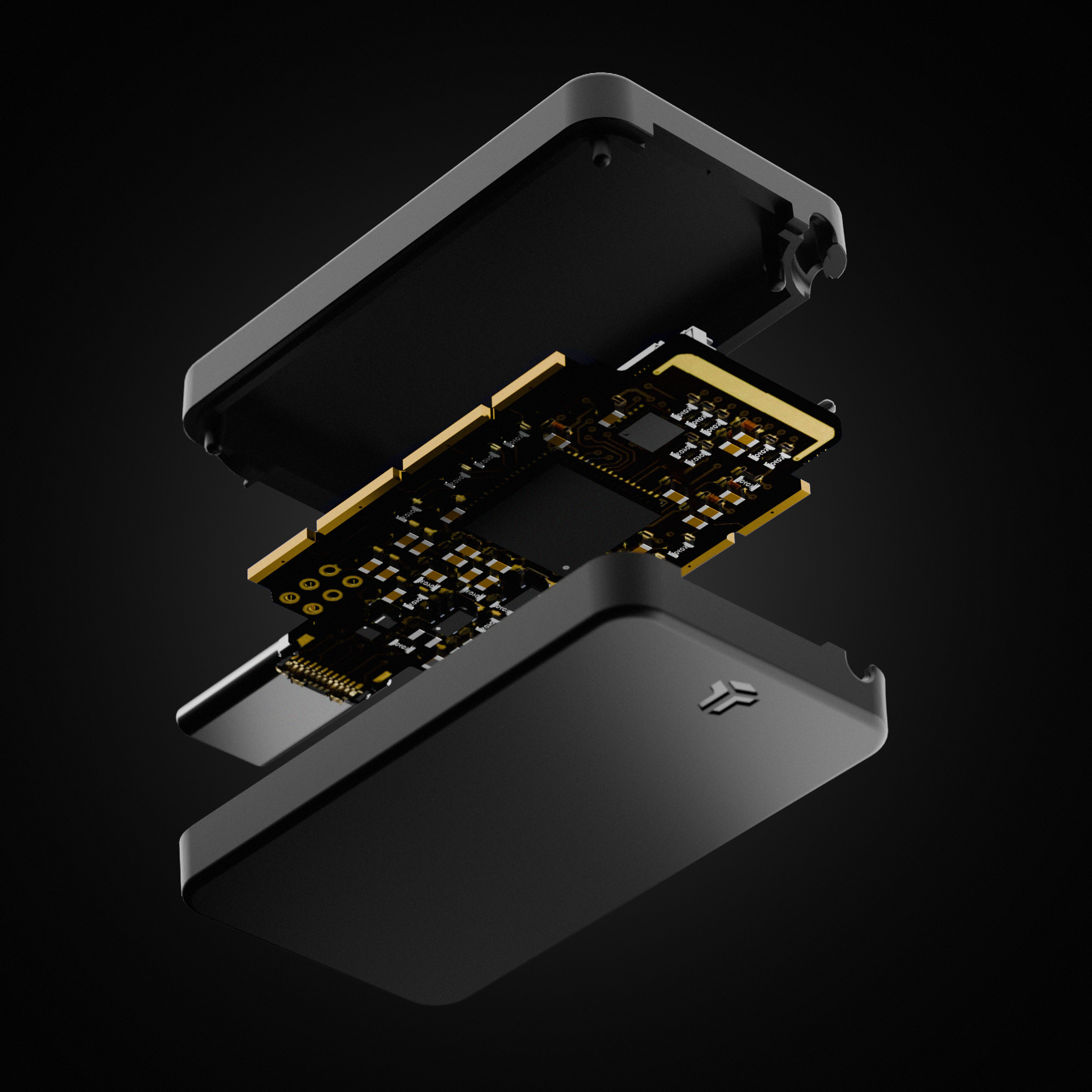Understanding Polkadot Parachains: A Comprehensive Guide

Understanding Polkadot Parachains: A Comprehensive Guide - Ecoinimist Polkadot parachains represent a revolutionary approach to blockchain technology, enabling multiple independent blockchains to operate in harmony within a single ecosystem. As the demand for scalability and interoperability in the blockchain space continues to grow, Polkadot’s innovative architecture offers a solution that allows developers to create specialized blockchains tailored to specific use cases. This comprehensive guide will delve into the intricacies of Polkadot parachains, exploring their functionality, benefits, and the pivotal role they play in the broader Polkadot network. What is the Polkadot Network? Polkadot is a multi-chain blockchain platform designed to enable different blockchains to transfer messages and value in a secure way. It was founded by Dr. Gavin Wood, a co-founder of Ethereum, who envisioned a more interconnected and efficient blockchain ecosystem. Polkadot aims to solve some of the scalability, interoperability, and security issues that existing blockchains face. Its innovative architecture allows it to support numerous blockchain projects, making it a versatile choice for developers. Also read: Optimism vs Arbitrum: Key Differences The Polkadot network consists of several main components, each playing a critical role in the system’s functionality: Relay Chain: The central chain that coordinates the entire network, ensuring that all connected chains can communicate with one another. Parachains: Independent blockchains that run parallel to the Relay Chain, each optimized for specific use cases while benefiting from shared security. Parathreads: Similar to parachains but operate on a pay-as-you-go model, providing flexibility for projects that do not require constant network connectivity. Bridges: These allow parachains and parathreads to connect and communicate with external networks like Bitcoin or Ethereum, enhancing interoperability. What are Polkadot Parachains? Parachains are a core feature of the Polkadot ecosystem. Think of them as individual blockchains that are optimized for specific use cases and can communicate with one another and the Relay Chain seamlessly. This design enables each parachain to focus on delivering specialized services while relying on the Relay Chain for security and consensus. As a result, Polkadot parachains can operate with greater efficiency and scalability. How Parachains Work Parachains are connected to the Relay Chain, which handles the network’s security, consensus, and interoperability. This means Polkadot parachains do not need to build their own security models, allowing them to deploy faster and focus on innovation. The Relay Chain validates transactions and ensures that all parachains remain synchronized, maintaining the overall integrity of the network. By offloading these responsibilities to the Relay Chain, parachains can operate more efficiently and securely. This architecture also allows parachains to communicate with each other, facilitating cross-chain transactions and data exchange. This seamless connectivity is a significant advantage over traditional blockchains, which often operate in isolation. Parachains can thus collaborate, share resources, and create a more unified blockchain environment. This setup fosters a collaborative ecosystem where different projects can leverage each other’s strengths. Also read: Understanding Crypto Copy Trading Strategies Benefits of Parachains Scalability: By allowing multiple blockchains to run concurrently, Polkadot significantly increases the number of transactions that can be processed, reducing bottlenecks. This parallel processing capability is crucial for supporting high-demand applications and services. Interoperability: Parachains can communicate with each other and external networks, fostering a more connected blockchain ecosystem. This interoperability allows developers to build applications that can tap into a diverse range of services and data sources. Customization: Developers can tailor parachains to suit the needs of specific applications or industries, such as finance, healthcare, or supply chain. This flexibility enables the creation of highly specialized solutions that can address unique challenges and opportunities in various sectors. The Role of the Relay Chain The Relay Chain is the backbone of the Polkadot network. It is responsible for the network’s shared security, consensus, and cross-chain communication. This foundational component ensures that all connected parachains are secured and operate harmoniously within the ecosystem. The Relay Chain acts as the central hub, coordinating activities across the network. Nominated Proof-of-Stake (NPoS) The Relay Chain uses a unique consensus mechanism called Nominated Proof-of-Stake (NPoS), which allows it to validate and secure the network while being energy-efficient. In this system, validators are chosen based on the amount of DOT tokens (Polkadot’s native cryptocurrency) they hold and are nominated by other holders. This approach encourages community participation and ensures a fair distribution of validation responsibilities. NPoS not only enhances security but also promotes decentralization by enabling a wide range of participants to contribute to the network’s operations. Parachain Slot Auctions To connect to the Polkadot network, parachains must secure a slot on the Relay Chain. These slots are limited, making them highly sought after. As a result, gaining a parachain slot is a competitive process that involves strategic planning and resource allocation. The process of acquiring a parachain slot is called a parachain slot auction. Also read: 3 Primary Components of a Blockchain Architecture How Parachain Slot Auctions Work Parachain slot auctions are conducted using a candle auction format, where the auction’s end time is randomized. This method prevents last-minute bidding wars and ensures a fair competition among participants. Projects bid for slots using DOT tokens, and the highest bidders secure the available slots for a specified period. This auction system is designed to allocate slots transparently and efficiently, ensuring that only the most committed and well-supported projects gain access to the Polkadot network. Crowdloans To participate in a parachain slot auction, projects can raise funds through crowdloans. In a crowdloan, supporters can contribute their DOT tokens to help a project secure a slot. If the project wins, contributors receive rewards, often in the form of the project’s native tokens. This fundraising mechanism allows projects to leverage community support, broadening their base of stakeholders and aligning incentives between developers and backers. Examples of Successful Parachains Several projects have successfully secured parachain slots and are actively contributing to the Polkadot ecosystem. These projects showcase the diverse range of applications and innovations that Polkadot supports. Some notable examples include: Acala Network: A DeFi hub and stablecoin platform for the Polkadot ecosystem. Acala offers a suite of financial services, enabling users to borrow, lend, and trade digital assets securely. Moonbeam: A smart contract platform that provides Ethereum compatibility for developers building on Polkadot. Moonbeam simplifies the transition for Ethereum developers, allowing them to deploy existing applications within the Polkadot ecosystem. Phala Network: A privacy-focused cloud computing service leveraging blockchain technology. Phala enables confidential smart contracts, ensuring data privacy and security in decentralized applications. Challenges and Future of Parachains While Polkadot parachains offer numerous benefits, they also face challenges. The limited number of slots can create fierce competition, and projects must continually innovate to maintain their position within the ecosystem. This competitive environment drives technological advancement but also requires significant resources and strategic planning. Additionally, as the Polkadot network grows, ensuring seamless communication between parachains and other blockchains will be crucial. Also read: Understanding BlockDAG: The Future of Blockchain The Road Ahead The future of parachains looks promising as more projects join the Polkadot ecosystem and contribute to its growth. With continuous development and innovation, parachains have the potential to revolutionize how blockchains interact and support various industries. As technological advancements continue, new use cases and applications will emerge, further expanding the capabilities of Polkadot. Collaboration among projects will be key to overcoming challenges and unlocking new opportunities within this dynamic ecosystem. Conclusion Polkadot parachains are a groundbreaking advancement in the world of blockchain technology. By offering scalability, interoperability, and customization, parachains enable developers to create specialized blockchains that can communicate effortlessly with one another. This interconnected framework paves the way for more complex and integrated decentralized applications. As the Polkadot network continues to evolve, parachains will play a crucial role in shaping the future of decentralized applications and the broader blockchain ecosystem. Understanding how parachains work and the benefits they provide can help you appreciate the potential of the Polkadot network and its contribution to the advancement of blockchain technology. Whether you’re a developer, investor, or simply a blockchain enthusiast, keeping an eye on the developments within the Polkadot ecosystem will be essential as this innovative technology continues to unfold. Staying informed will allow you to seize new opportunities and navigate the rapidly changing landscape of blockchain with confidence.


